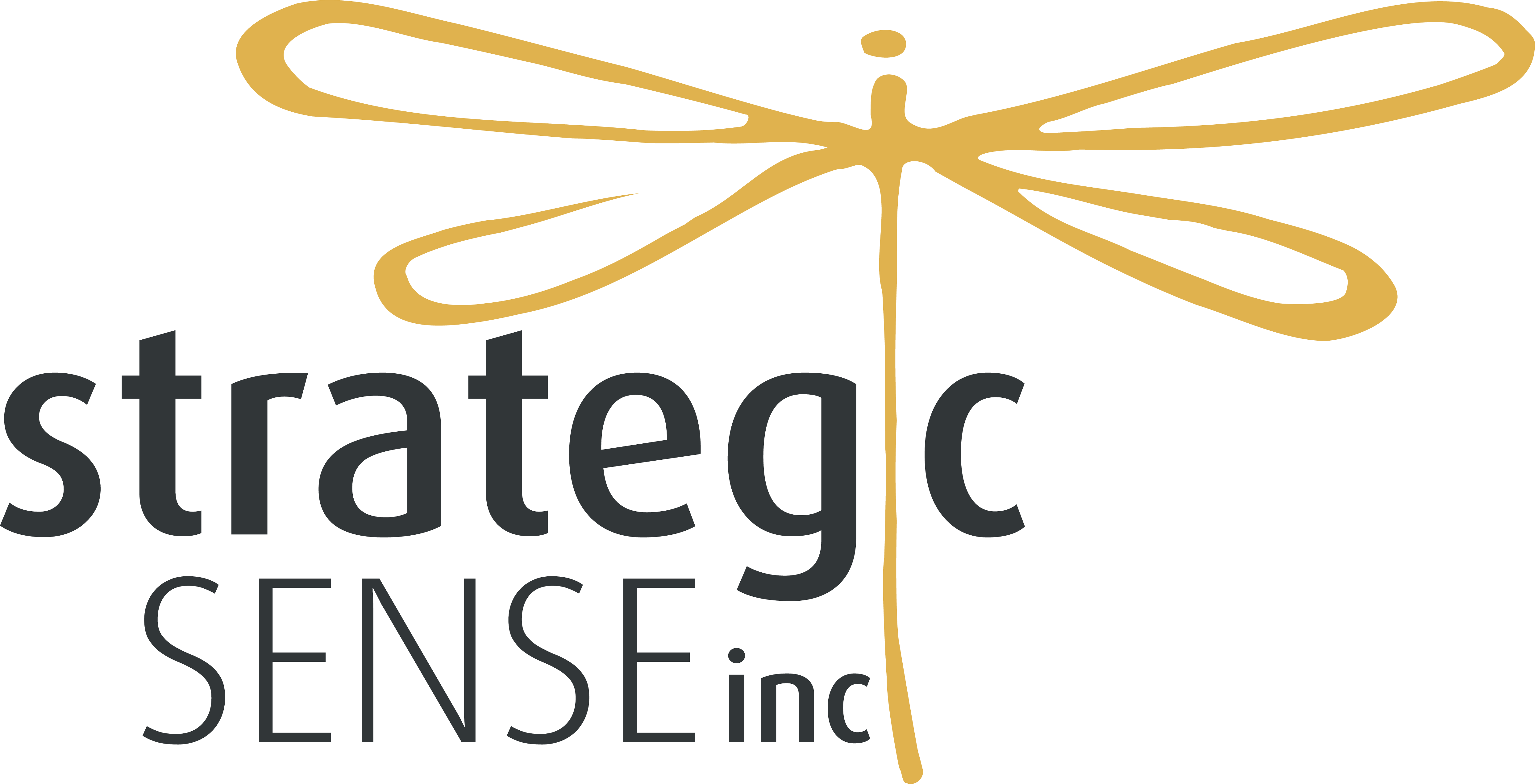On the weekend, one of the rare occasions I watch television, I turned the TV on for noise and tuned in to a show about a fellow who fixes do-it-yourself renovation disasters for people. The woman he came to save had taken a skill saw and cut a window into a wall between her kitchen and dining room for more light. Consequently, she cut through a copper pipe and water poured everywhere including onto the newly opened up electrical boxes.
This is one of those occasions we can honestly say ACTION was not her friend! The entire show carried the theme that ‘action without a plan’ is not only fool-hardy, but can be down-right dangerous depending on what you’re trying to accomplish.
Effective Plans of Action are the means to reach any goal or objective but a careful balance between how much to plan and when to act needs to involve information from all the stakeholders. Here are 4 ways to ensure you are managing the balancing act between planning and acting:
1. Define the Stakeholders. These are the people significantly affected by any and all change. Consider: if other departments are affected; if your department provides a service to another group; if this will affect any vendor relationships; if there will be an impact on the customer; definitely look at how you will be affecting the employees who are not in the decision-making levels. Gathering as much information on stakeholders and how they might be affected is integral to evaluating change.
2. Build Your Scenarios. You might think it’s a step worth skipping, however, without a clear imagined idea of the impact and response you will receive from each and every stakeholder, change management of the restructure may prove disastrous. A great leader understands the effects of change and is prepared to deal with any and all possibilities in advance.
3. Build the Plan. You now have a good idea what to expect from each and every stakeholder so begin to build your plan. Keep in mind the scenarios you deem acceptable and those which are not. Ensure your plan is detailed, that it can be clearly understood by everyone and it contains not only your objective, owner and final date, but the steps to get there and from whom you’ll need help along the way.
4. Take Action. A plan is simply a plan until you have taken action to make it happen! Building a plan without taking action is an exercise in futility! I would not ask my employees to build any plan if I were not willing to see it through, steps 1 & 2 above help you decide if it’s worth building. At this point you’ll need pretty strong leaders to help make change happen. You’ll need:
a. A top leader who will back the approved plan through to the end
b. Middle managers who are willing to do what it takes to see it through.
c. A GREAT communication strategy.
Throwing any kind of change top-down without first communicating the why, how, what and where may very well end in mutiny! Help the staff understand you are there to hear their concerns and offer them good reasons why this is better for the company; how it will make a difference in the working lives of each person; what it will do for the employee and customer experience; where the changes are to occur. A clarified Communication strategy combined with Plans of Action that are well defined, and excellently executed will make the difference between a GREAT initiative and a mediocre initiative.

Very nice post, a simple, easy to follow framework, Thinking like this will help people get the benefits of business planning whether or not they do, or need to do, the full formal plan. One step at a time, and before you know it you’ve got planning as management, steering your business, Well done!
Tim